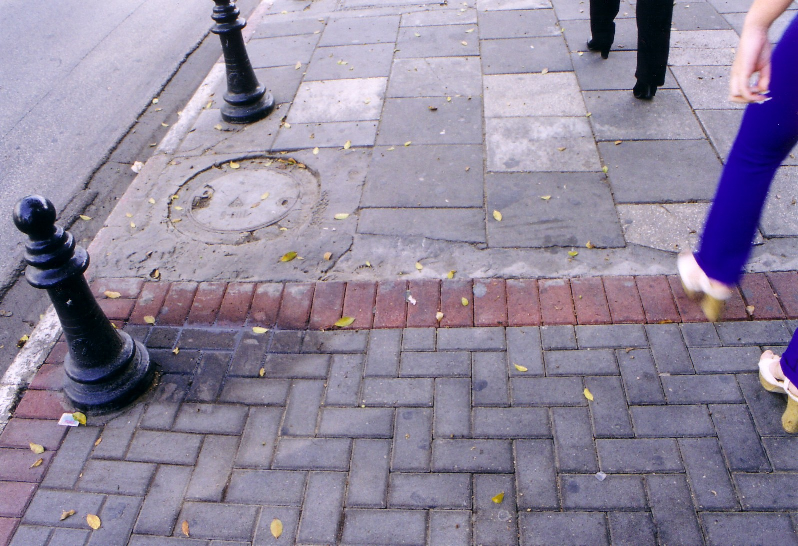Standard paving tiles in residential architecture
The story of outside paving and interior tiling in Tel-Aviv follows several types of standard tiles. Terrazzo tiles replaced decorative floor tiles, and reigned for several decades. Ceramic and porcelain tiles replaced the Terrazzo tiles in interior design, while interlocking stones replace concrete tiles in outside paving.
This paper will propose an explanatory framework that will provide explanations for the various changes of the standard tiling: aesthetic-technological-functional changes that are usually considered by the inner discussion in architecture, as well as social-economic extra-architectural changes, which are emphasized by sociological and cultural research.
Paving tiles are unique in that they are loaded, in a flattened and coded way, with many meanings. A number of ideas and themes that lead and direct Israeli architecture are represented in the standard paving tile. These meanings are manifested in tiles as titles or slogans.
Tiles can be described as an unstable mark that is somewhat indicative of the elusive nature of building products in particular, and consumer products in general. It is a testimony of the way in which differences are created by a set of cultural classifications in the world of products. One tiling product may carry several meanings that are often contradictive. The dual structure of the values of tiles reflects the market’s attempt to satisfy a maximum number of consumers and to comply with contradicting values in the Israeli society.
The classification of Israeli paving tiles according to polar and dual distinctions – east vs. west, nature vs. culture, old vs. new, handcrafted vs. industrialized and rural vs. urban – shows that the former part in each duo manifests an ideological advantage but at the same time a certain practical weakness in relation to their corresponding partner. The latter part in each duo manifest the modernist vision of progress and of western, urban and industrialized culture.
